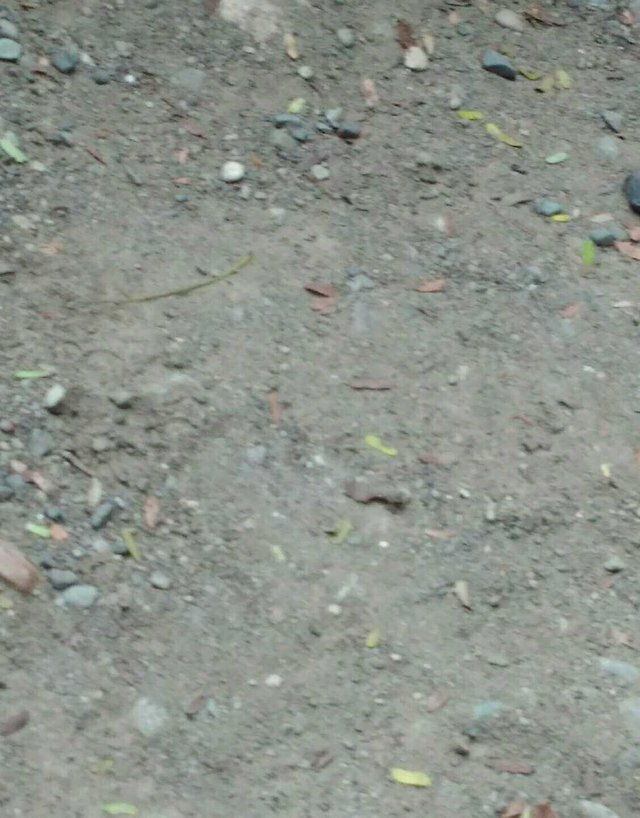the land we are treading in the world
The body of the soil is nothing but the rock that decays and undergoes the process of further formation. The age of the soil found today is no older than the Tertiary period and is mostly formed from the Pleistocene.
The soil body is formed from a mixture of organic and mineral materials. Non-organic soil or mineral soil is formed from rocks so that it contains minerals. In contrast, organic soil is formed from the compaction of degraded organic matter.
Organic soils are black and are the main formers of peatlands and later become coal. Organic soil tends to have high acidity because it contains some organic acid the result of decomposition of various organic materials. These soil groups are usually poor minerals, the mineral supply comes from the flow of water or the decomposition of living organisms. Organic soil can be planted because it has the physical properties of loose so that it can store enough water but because it has high acidity most food crops will give limited yield and below optimum performance.
Non-organic soils are dominated by minerals. These minerals form soil-forming particles. The soil texture is thus determined by the composition of three soil-forming particles: sand, silt, and clay. The land of sand is dominated by sand, the land of clay is dominated by clay. Soil with a composition of sand, silt, and balanced clay is known as loam.
Soil color is the most memorable characteristic of people. Soil colors vary widely, ranging from dark black, brown, red brick, orange, yellow, to white. In addition, soils may have layers of contrasting color differences as a result of chemical or leaching processes. The soil is dark or dark often indicates the presence of high organic matter, either due to weathering of vegetation and the process of deposition in the swamps,
swamp. Dark colors can also be caused by presence
manganese, sulfur, and nitrogen. The color of the soil is reddish or yellowish usually due to the high oxidation iron content; Different colors occur due to the influence of the chemical process conditions of its formation. Atmosphere
aerobic / oxidative produces uniform color or gradual discoloration, while the atmosphere
anaerobic / reductive carries on a colored pattern of spotted or colored concentrations

Upvote and follow